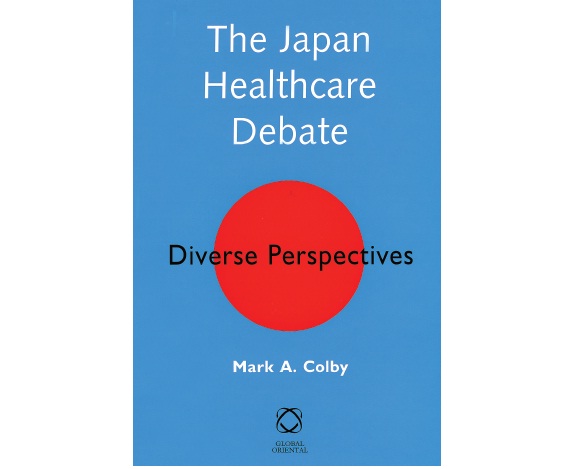Rather than a burden, the rapid aging of Japan’s society could actually mean opportunity for the country, as well as for foreign investment.
by Laura Fumiko Keehn
THE POPULATION OF Japan is aging at a rapid pace. The elderly population is expected to exceed the 20 percent mark within the year. With such a topheavy population, the national healthcare service is in danger of drying up by the time the current younger demographic reaches retirement age. A state of slight and subdued panic has taken over the country — which may be why the government launched a campaign to encourage young people to pay into the optional national healthcare insurance, or kokuminhoken, while medical innovation and investment is discouraged in favor of frugality. “Cost containment is a reality,” says Japan healthcare specialist and author of The Japan Healthcare Debate, Diverse Perspectives, Mark A. Colby.
At first glance, the Japanese healthcare industry seems a very discouraging market. Colby has dubbed the philosophy behind the current frugal healthcare industry a “policy of universal suffering,” in which any form of investment or spending is discouraged. This is not exactly good news for foreign investors; penny pinching does not make for fertile business grounds. But is this “universal suffering” really the answer to the problems Japan is facing with its aging population?
Colby would say no. “If you look closely at the so-called problems, you’ll see opportunity,” he argues. An aging population, rather than a burden, can actually be a source of valuable resources. “An aging population is not obviously a bad thing, and the cost containment policy could actually be the worst thing to do,” says Colby.
Colby argues that the amount of money that can be saved through cost containment is so little; it would not even make an impact on reversing the fortunes of those at the bottom of the aging population pyramid. “If it needs to be spent, spend it!” states Colby. “The aging generation is, after all, the generation that built the country up from the ashes of WWII. Think of the money spent on the aging population as an intellectual investment.” The philosophy that old equals unproductive may be quite outdated. A country with a topheavy population may in fact be ideal for an older society able to tap into the age and experience of the older demographic.
Experience is not the only thing the elderly population is wealthy in. “We’re talking about a very selfless and frugal generation” explains Colby, “this generation holds onto their money.” But the one area in which this frugal generation is willing to spend their money is on healthcare. However, with the extensive National Health Service, “it is also the one area where they can’t spend their money,” insists Colby.
It’s a simple equation. Even though a market exists with money and willingness to spend, the “policy of universal suffering” means there is no place for the money to go. Colby explains further, “this leads to pent up demand.” Pent up demand means opportunity for whoever can supply the demand. Some areas rife for investment are biotechnology, required medical education, hospital accreditation and mixed private and public healthcare funding. Colby is sure the current healthcare industry is fertile business ground. “Opportunity for the foreign community and foreign investment opportunities are wide open,” he says.
THIS ARTICLE IS BASED ON A PRESENTATION GIVEN BY MARK A. COLBY ON MAY 10, ORGANIZED BY THE AMERICAN CHAMBER OF COMMERCE IN JAPAN. FOR INFORMATION ON ACCJ MEMBERSHIP AND UPCOMING EVENTS, SEE WWW.ACCJ.OR.JP.









